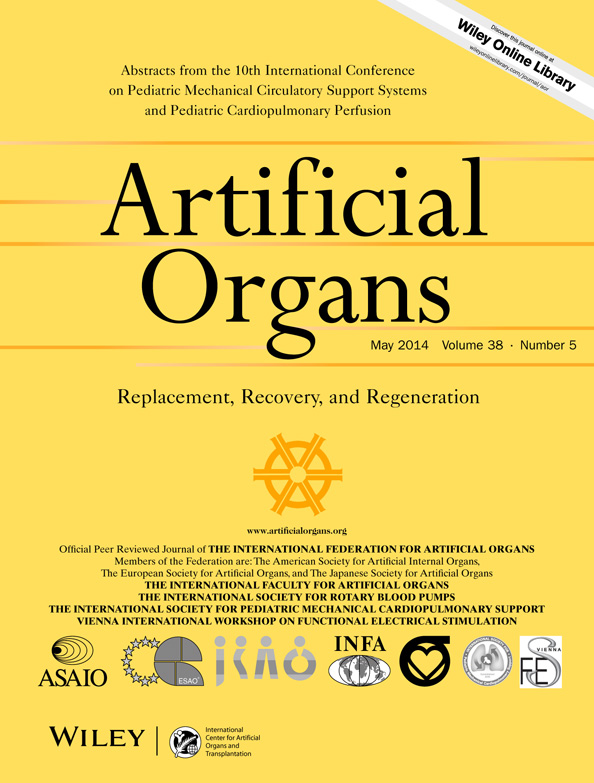Flow Dynamics of Different Adult ECMO Systems: A Clinical Evaluation
Abstract
Membrane oxygenator (MO) failure is a known hazard during venovenous extracorporeal membrane oxygenation (v-v ECMO) therapy. Knowledge about technical and performance details of different ECMO systems (Maquet, Rastatt, Germany; Medos, Stolberg, Germany; Sorin, Modena, Italy) licensed for adults with acute lung failure might improve their handling. This retrospective study comprises 186 adult patients (Regensburg ECMO Registry) treated with v-v ECMO. Flow dynamic data were used to analyze the performance of different blood pumps, cannula types, and MOs to maintain an adequate blood flow (1–5 L/min). Usage of the Medos ECMO system in critically ill patients required a higher pump speed and generated a higher pressure drop across the MO (dpMO), however, without an increase in free plasma hemoglobin. The dpMO depended on the type of MO and increased with blood flow as expected. Type-specific normal values are reported. A distinct increase in dpMO above normal values within 1 day required an immediate MO exchange. This was an infrequent technical complication (3%). Finally, pressure-flow performance of single dual-lumen cannulas (27 Fr) was comparable with small single-lumen cannulas (15 Fr), without an increased risk of technical-induced hemolysis. Despite different performances, all current commercially available adult v-v ECMO systems produce adequate blood flow without an increased risk in technical-induced hemolysis. Familiarity with the specific properties of individual systems allows early detection of technical complications. Additionally, the choice of an adequate cannula requires a closer consideration of the individual patient situation.




